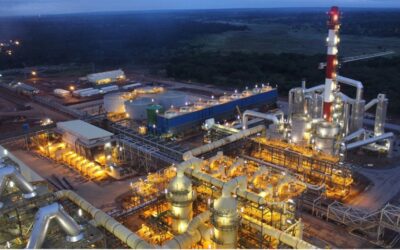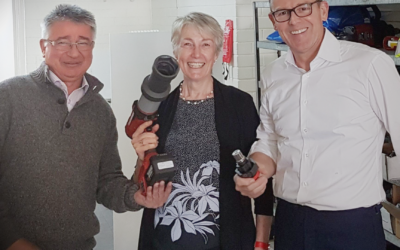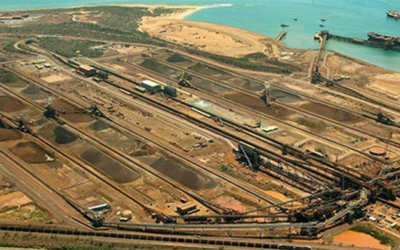Segnut’s Director – Product Development, Tom P. Baskovich, addressed delegates at a Mining and Energy Services Council of Australia (MESCA) briefing in Perth on Wednesday 28 August.
Cost of maintenance poses a key challenge to mining
By Tom P. Baskovich, Director – Product Development, Segnut – 29 August 2019

The rising costs of maintenance and its inevitable productivity losses pose significant challenges for mining companies now and into the future.
In fact, it is estimated that 30 to 50 percent of all mining projects’ operating costs relate to maintenance tasks.
Over the next five years, mining maintenance spending in Australia is expected to rise by over 60 percent from $7.1 billion in 2017 to $12 billion per annum by 2022.
Against this backdrop, mining companies are exploring new and innovative ways in which to reduce their maintenance costs, and equipment and infrastructure downtimes. Already, some of the bigger mining companies are well advanced in tackling this issue.
As a knowledge-based company that is focussed on developing innovative industrial solutions, Segnut is playing a significant part in supporting mining companies in their efforts to reduce the costs of maintenance, with the added benefits of improving safety and productivity.
I had the opportunity to discuss these and other topical matters during a Mining and Energy Services Council of Australia (MESCA) briefing in Perth this week and it was great to share ideas with the delegates in attendance.
The MESCA event allowed for networking discussions during which the feedback was quite clear that seized and damaged nuts – both on static and mobile equipment – comprise a fair amount of maintenance cost and time because they require such regular maintenance and replacement.
All agreed that the real challenge comes with the safe removal of seized and damaged nuts and the inherent dangers that accompany some of the current methods used to do so, such as hot works, the use of hazardous materials, and rattle guns. These methods are hazardous and can lead to heat damage, fires, and hand and arm injuries. They are also time consuming with special permits and suitably qualified personnel required to perform the work.
In recent months, we have worked with a number of mining companies to measure the impact of faster and safer nut removal.
The use of Segnuts on D10 Dozers at a gold mine in Western Australia showed a 79 percent reduction in the time taken to remove the nuts from a cutting edge blade. In addition, many health and safety issues were also eliminated as the Segnut system relies on nothing else but standard tools and processes to remove seized and damaged nuts.
In another example, the elimination of high risk nut removal practices on loaders at a quarry in South Australia, where serious lost time injuries had been experienced whilst changing out cutting edges on front-end buckets, resulted in industry recognition with a Health and Safety Innovation Award.
These and similar trials that have been conducted over the past 18 months clearly illustrate that a relatively simple change in approach can have a major impact in hazard control, improving safety and productivity, managing costs, and simplifying maintenance.
We are excited about the feedback that we have received from industry which reaffirms the value and impact of our approach to safer, faster and smarter nut removal.
On the evidence of what we have experienced in our engagement with industry to date there is a paradigm shift towards smarter investment in safety and productivity through the elimination of dangerous practices, costly delays and serious injuries, ultimately contributing to the reduction of maintenance costs.





0 Comments